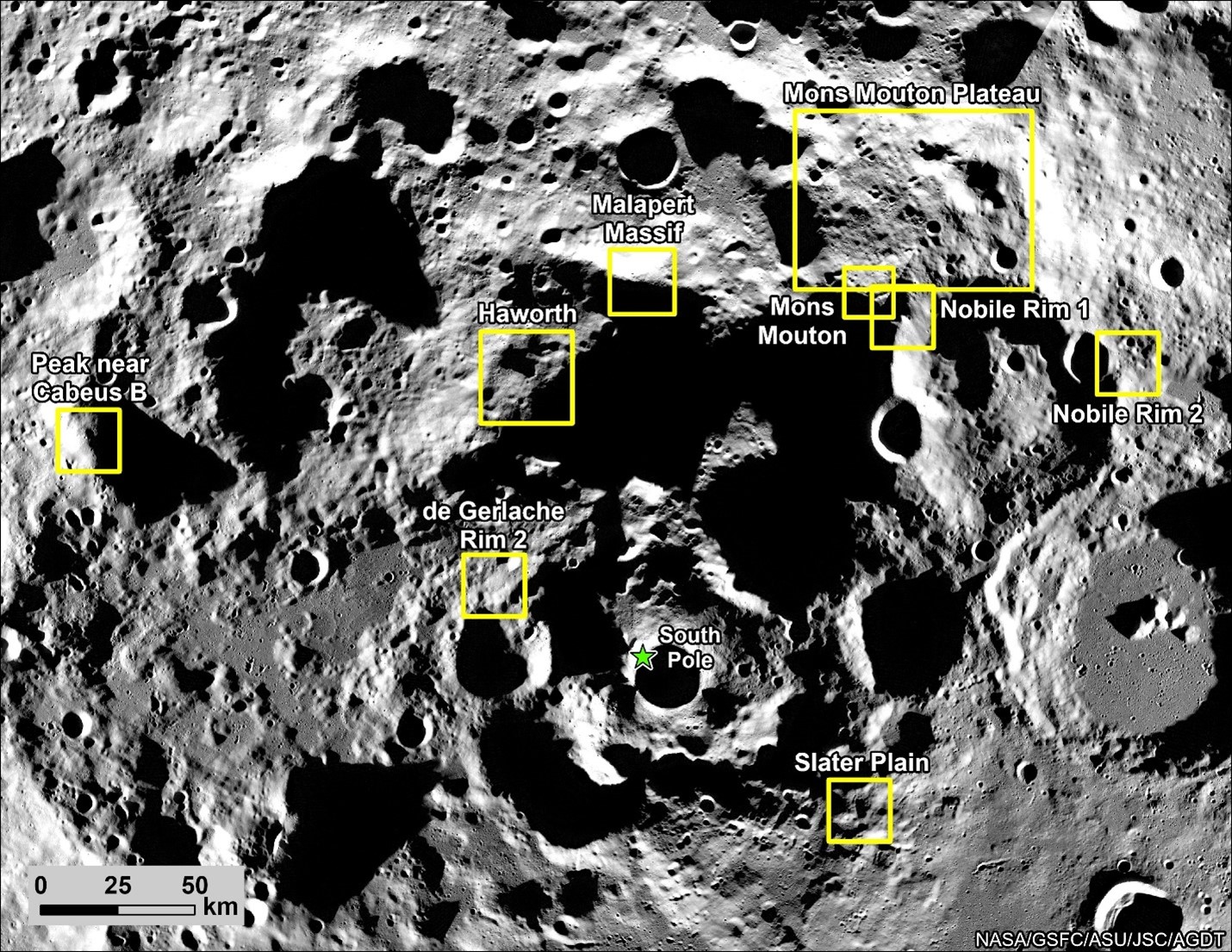Houston, TX – NASA’s Artemis III mission has successfully completed a critical safety review, marking a major milestone toward returning astronauts to the lunar surface in 2026. The Flight Readiness Review, conducted by a panel of NASA engineers and safety experts, validated the mission’s architecture, spacecraft systems, and crew safety protocols for humanity’s first crewed moon landing in over five decades.
The review assessed the integrated performance of the Space Launch System (SLS) rocket, Orion spacecraft, and SpaceX’s Starship Human Landing System, all of which will work together to transport two astronauts—including the first woman and first person of color—to the lunar south pole. The mission represents the culmination of years of development under NASA’s Artemis program, which aims to establish a sustainable human presence on and around the Moon.
Artemis III follows the successful uncrewed Artemis I test flight in 2022 and the upcoming crewed Artemis II mission, scheduled for 2025, which will send astronauts on a lunar flyby without landing. The 2026 mission will see astronauts spend approximately one week on the lunar surface, conducting scientific research and testing technologies for future Mars missions.
“Today’s safety review represents a pivotal achievement for the Artemis program,” said NASA Administrator Bill Nelson. “We are one step closer to writing the next chapter of human space exploration. Artemis III will not only return Americans to the Moon but will lay the groundwork for a permanent lunar presence and eventual human missions to Mars.”
The mission will target the lunar south pole region, an area of particular scientific interest due to the presence of water ice in permanently shadowed craters. This resource could potentially be converted into drinking water, breathable oxygen, and rocket fuel for future missions. The astronauts will conduct approximately four moonwalks using next-generation spacesuits developed by Axiom Space.
“The successful completion of this review demonstrates the readiness of our systems and the dedication of thousands of engineers and scientists,” noted Jim Free, NASA’s Associate Administrator for Exploration Systems Development. “Every component has been rigorously tested to ensure crew safety remains our top priority.”
Industry analysts view the review’s completion as a significant de-risking event for the ambitious timeline. However, challenges remain, including finalizing the Starship landing system and coordinating the complex orbital rendezvous procedures required for the mission.
Source: Aggregated by MetaNews USA — original reporting credited to respective outlets.








